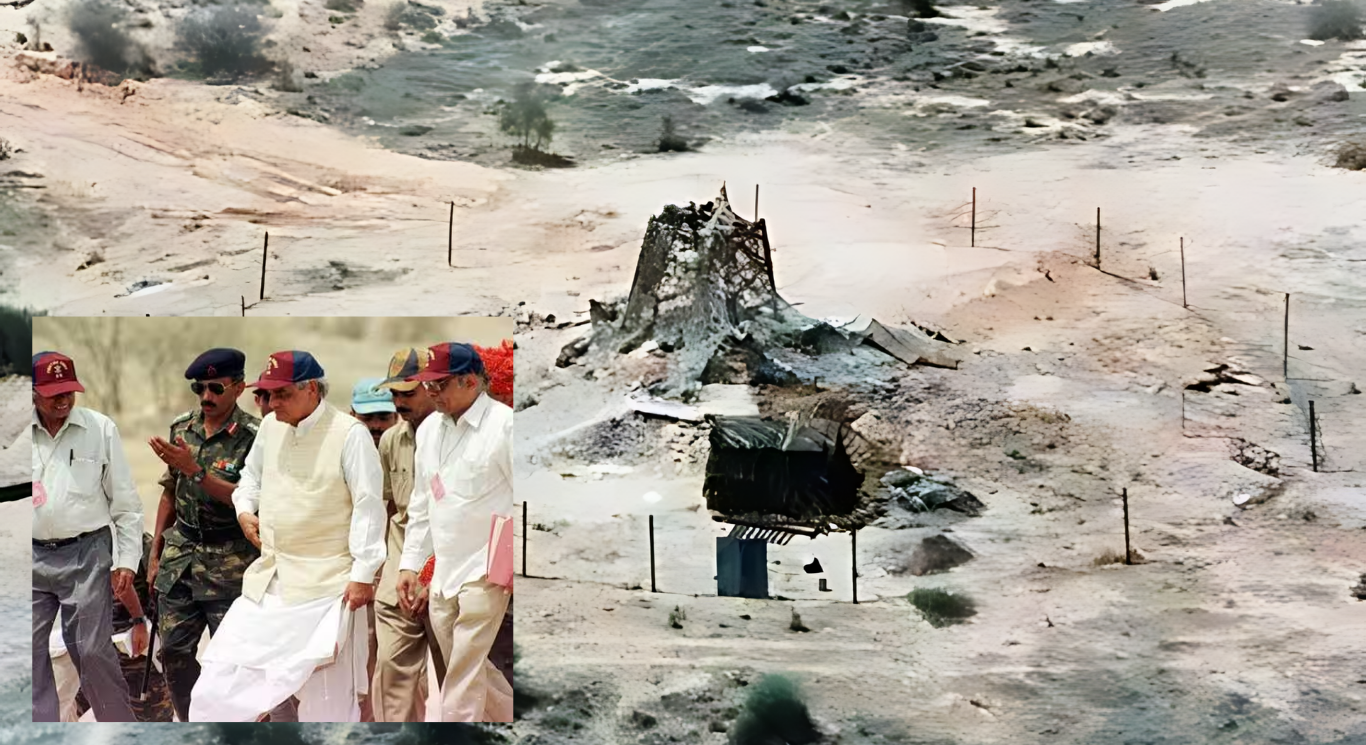It was on this day , May 11, 1998 that is officially declared as National Technology day in India to commemorate the first of the five successful Nuclear Weapon tests that was carried out by the NDA government.
External Affairs Minister S Jaishankar shared this on X, “This day in 1998, an NDA Government finally exercised India’s nuclear weapon option. That momentous decision has since ensured our National Security….”
The History Of Neuclear Test
In the wake of its solitary nuclear test in 1974, India adopted a deliberate strategy of nuclear ambiguity, refraining from further tests while possessing the capability to do so. This approach, often termed “recessed deterrence” or “non-weaponized deterrence,” aimed to maintain strategic flexibility while avoiding provocation. However, by the 1990s, mounting pressures from various quarters compelled India to reassess its nuclear stance.
The 1990s saw India facing significant external and internal challenges that precipitated a shift in its nuclear policy. External pressures emanated from multiple fronts, including intelligence reports indicating Pakistan’s acquisition of nuclear weapons, reportedly aided by China. Moreover, US President Bush’s refusal in 1990 to certify Islamabad’s non-pursuit of nuclear weapons underscored growing regional nuclear dynamics. Concurrently, the US advocated for the extension of the Non-Proliferation Treaty (NPT) and universalization of the Comprehensive Test Ban Treaty (CTBT), aiming to curb global nuclear proliferation. Additionally, efforts to “freeze, cap, and roll back” India and Pakistan’s nuclear capabilities further intensified regional tensions.
The Pressure Of Indian Capabilities:
Amidst these pressures, India pursued a strategy of “technology demonstration” to bolster its deterrence capabilities. Initiatives such as the commissioning of the Dhruva research reactor in 1986 and the testing of the Agni long-range missile demonstrator in 1989 showcased India’s technological advancements in the nuclear domain. However, India’s reluctance to adhere to unconditional NPT extension and CTBT universalization reflected its concerns regarding discriminatory disarmament measures.
Indian Political Impact
The political landscape within India during this period was marked by significant turbulence. The electoral defeat of the Indian National Congress (INC) in 1989 ushered in a period of political uncertainty, characterized by coalition governments and regional unrest. The outbreak of the Kashmir insurgency, exacerbated by external support from Pakistan, added to India’s security challenges. Against this backdrop, concerns regarding India’s nuclear preparedness gained prominence, prompting a reevaluation of its strategic posture.
The assassination of former Prime Minister Rajiv Gandhi in 1991 further exacerbated India’s political and security predicament. The subsequent ascendancy of P V Narasimha Rao to the premiership amidst economic crises, regional conflicts, and communal tensions posed formidable challenges. India’s diplomatic engagements aimed at deflecting US pressure while advancing its nuclear and missile programs underscored its resolve to safeguard national interests.
The Vajpayee Government
The collapse of successive coalition governments between 1996 and 1998 further underscored India’s internal instability. However, the return of Atal Bihari Vajpayee to power in 1998 marked a decisive turn in India’s nuclear trajectory. Vajpayee’s authorization of nuclear tests in response to regional security concerns reflected India’s determination to assert its strategic autonomy.
In retrospect, India’s journey towards nuclear assertiveness during the 1990s encapsulates the complex interplay of external pressures, domestic politics, and strategic imperatives. The events of this period laid the groundwork for India’s emergence as a nuclear power, signaling its readiness to uphold its security interests amidst evolving global dynamics.




